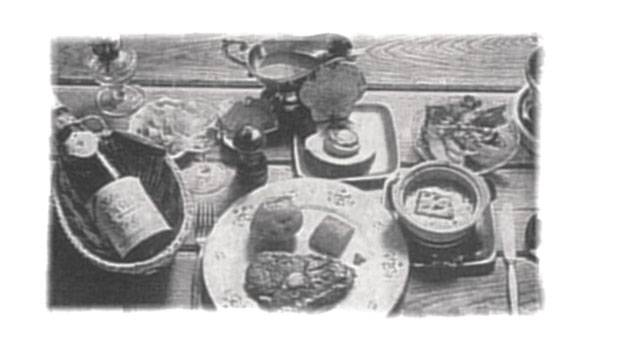Chapter2 Founding a new company

n the midst of this hardship, one day Mayumi came across a large, inexpensive supply of apples and apricots at a farm in the nearby city of Iiyama. After getting to know the local farmers and learning about the delicious fruit harvested each season, Mayumi started using the fresh local apples to make additive-free jam with as little sugar as possible. When she served it with breakfast at the ski lodge, it was well received, and guests asked her for the recipe and even for some extra jam to take home. At first, she gave them the jam free of charge, but as the number of requests increased, it became necessary to make a change of plans.
It was here that Ryozo began planning the start of a full-scale commercialization of this homemade jam. While still running the ski lodge, Ryozo started a jam production and sales business. Mayumi was in charge of product development, and Ryozo handled sales and delivery. Their modest production facility was the kitchen of the ski lodge, and the warehouse was in the back of a jeep.

Pension Kuze’s jam was made with fresh apples and little sugar. Therefore, the jam had a rich flavor and freshness. Until then, the JAS (Japanese Agricultural Standard) defined jam as having a sugar content of 65% or higher, while Mayumi’s jam was only 50 to 55% in the beginning. Since Mayumi’s jams were all made with a lower sugar content, she couldn’t call them “jam” because they were outside the standard, so she set up her own category of nama jam, or “fresh jam.”
Fortunately, the health-conscious needs of customers welcomed lowered sugar content in jams, and Mayumi’s homemade jams became a hit as souvenirs from Shinshu. Soon, Ryozo and Mayumi rented a small warehouse and office in the city of Nakano, in Nagano Prefecture, and since they didn’t have their own production facility yet, they started to bring local raw materials to area food production businesses that would make the jam on a large scale for them.
Their hopes realized, their brand was named “Madarao Kogen Farm” (although they did not have a farm yet). It was during this time that St. Cousair’s attitude toward jam was developed. The process of making jam is as simple as adding sugar to the fruit, boiling it down, and then jarring it. No artificial preservatives or colors were added, the production process was strictly monitored, and the quality of the finished product was carefully controlled. This policy has remained unchanged since their very first jar of jam was made.
Mayumi’s homemade jams, which the couple commercialized in full-scale, gradually spread in the market, and Ryozo made the decision to devote himself to making jam full-time. in June of 1982, he closed the ski lodge and established Madarao Kogen Farm (now called St. Cousair Inc.) with capital of 5 million yen.
—–
*In 1987, the JAS standard was revised to require jams to have a sugar content of at least 40%. We believe that the making of jams by St. Cousair actually changed the way jams are made in Japan, and this is something we are very proud of.

